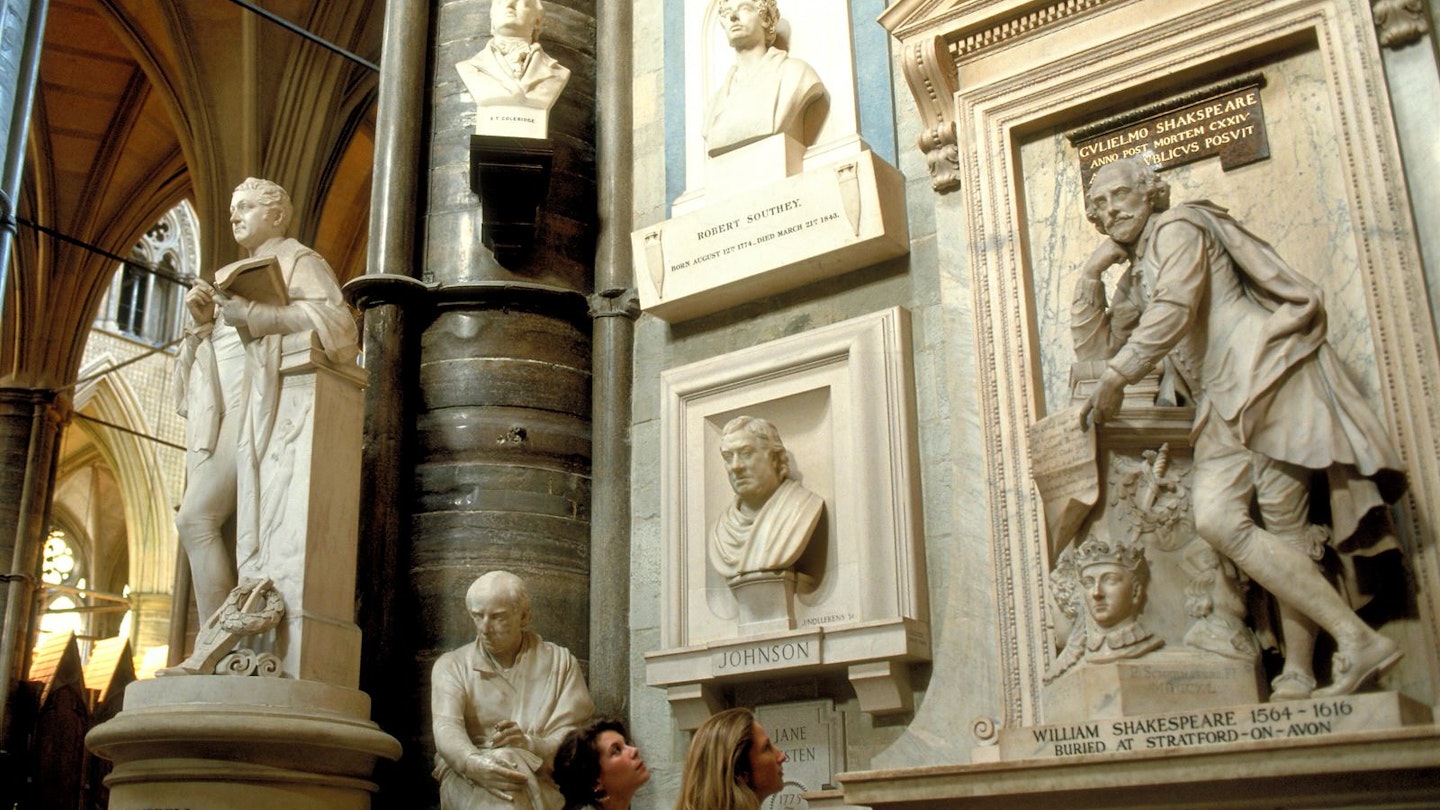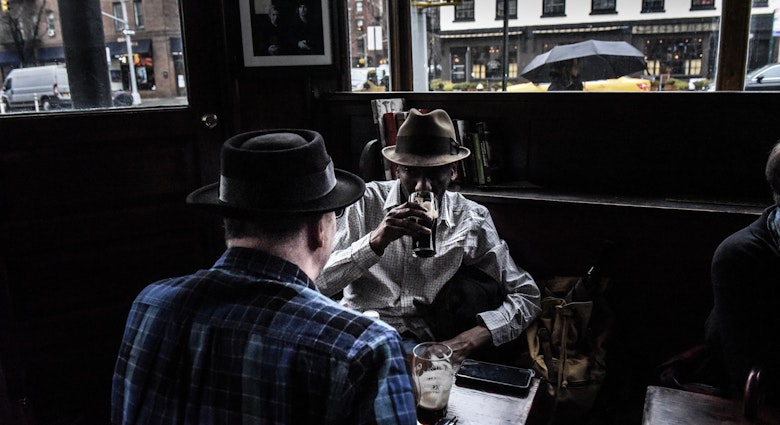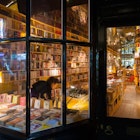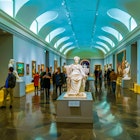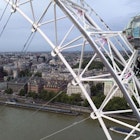London has been home to some of the greatest writers who have ever lived. The city provided a backdrop for some of the most memorable characters ever created, and it inspired some of the best literature ever penned, from the wonderful novels of Woolf to the perfect poetry of Wordsworth and the gripping insights of Dickens.
A literary tour of London is a great way to explore the city, though with so many options to choose from, knowing where to start (and stop) can be tricky. We can’t say that the following is ‘chapter and verse’ on the British capital’s bookish history, but it’s certainly a great introduction.
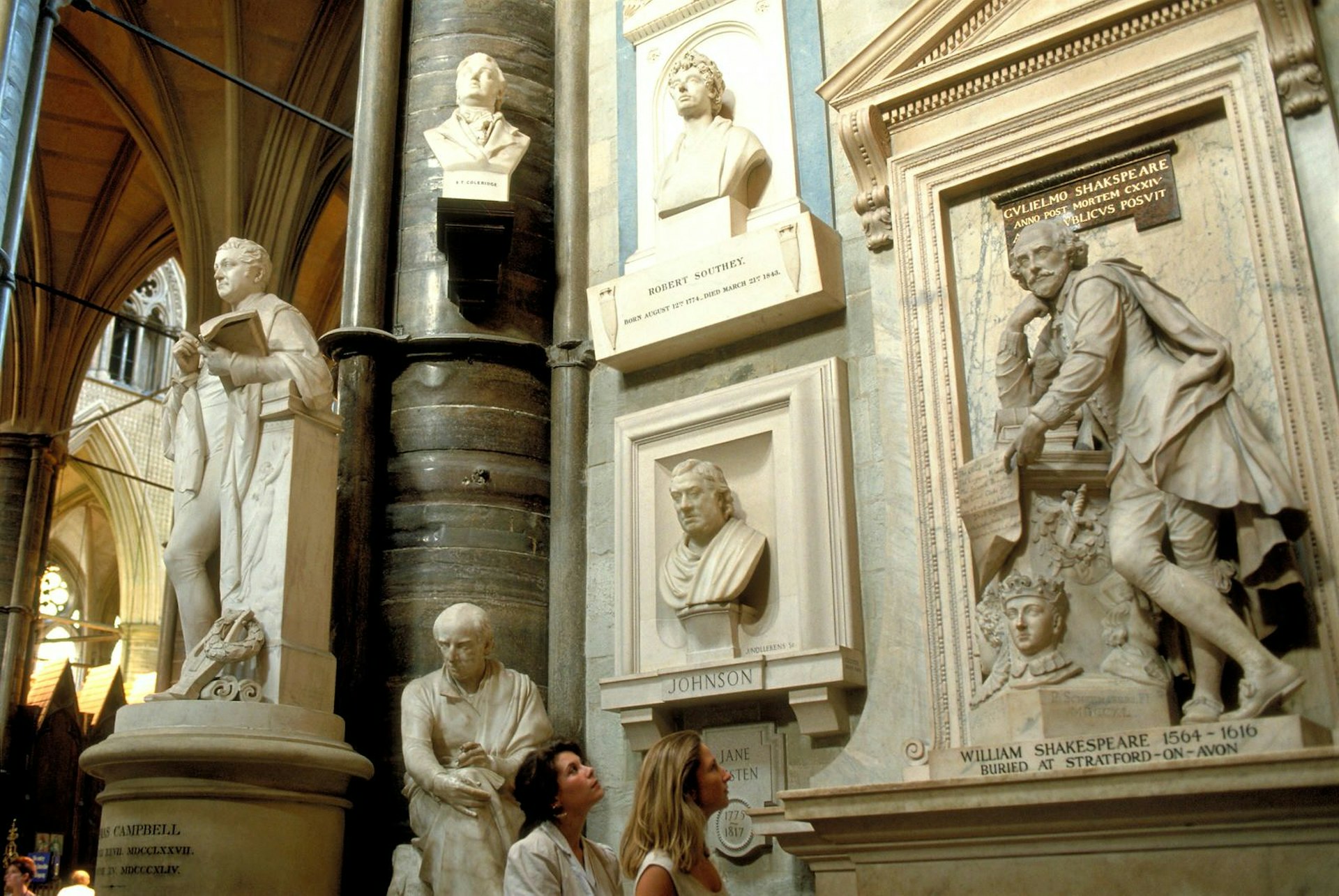
Top page-turners
If you have just a few hours to dedicate to literary London, there are three key points of interest that can provide an excellent overview.
Poets’ Corner, Westminster Abbey
Commemorating the most celebrated literary figures from the country at large, Poets’ Corner in the South Transept of Westminster Abbey is a moving monument to the all-time greats. Numerous writers are interred here, including ‘father of English literature’ Geoffrey Chaucer (1343–1400), the poet and author who wrote The Canterbury Tales, and Charles Dickens (1812–70), one of the greatest novelists of all time.
Many other writers have memorials in the form of slabs, busts and monuments, including William Shakespeare, Jane Austen, the Brontë sisters (Charlotte, Emily and Anne), TS Eliot, William Wordsworth, Elizabeth Browning, Robert Burns, CS Lewis, Oscar Wilde and John Keats. That these common folk are interred and memorialised in the most important religious building in the country – the place where kings and queens marry and are laid to rest – is a mark of the lofty esteem in which they’re held.

The British Library
A mesmerising trove of written wonders, the British Library is a compulsory stop for all bibliophiles and literature lovers. Containing 150 million to 200 million items from around the world (no one knows the true figure and it’s tough to keep count with around 3 million new items added each year), including around 14 million books, it’s by far the largest national library on the planet, with some 400 miles of shelf space – about twice the distance between London and Paris.
Treasures include copies of the Magna Carta and Shakespeare’s First Folio, Da Vinci’s notebook, original handwritten Beatles lyrics, 3000-year-old Chinese oracle bones and a first edition of Chaucer’s The Canterbury Tales.
Charing Cross Road bookshops
Charing Cross Road, which meanders through the buzzing heart of London’s West End, is packed with bookshops, and makes for a wonderful amble. The northern section, from Cambridge Circus to Tottenham Court Road, is where you’ll find general outlets, including the mighty Foyles (London’s most famous bookshop). Further south, you can leaf through specialist and secondhand bookshops, like Watkins, on atmospheric Cecil Court, which contains everything you’ve ever wanted to know about the occult (and perhaps some things you didn’t want to know).
Other great bookshops elsewhere in London include Jarndyce, which stocks all manner of antiquarian titles in its location opposite the British Museum; Persephone Books, specialising in female writers from the 20th century; and children’s bookshop Tales on Moon Lane in Herne Hill.
Writers and works: the best of the best
Many world-famous writers have lived in London and/or been inspired by it, and while we’d need an encyclopedia to give all of them the attention they deserve, we can squeeze in a quick nod to some of the giants.
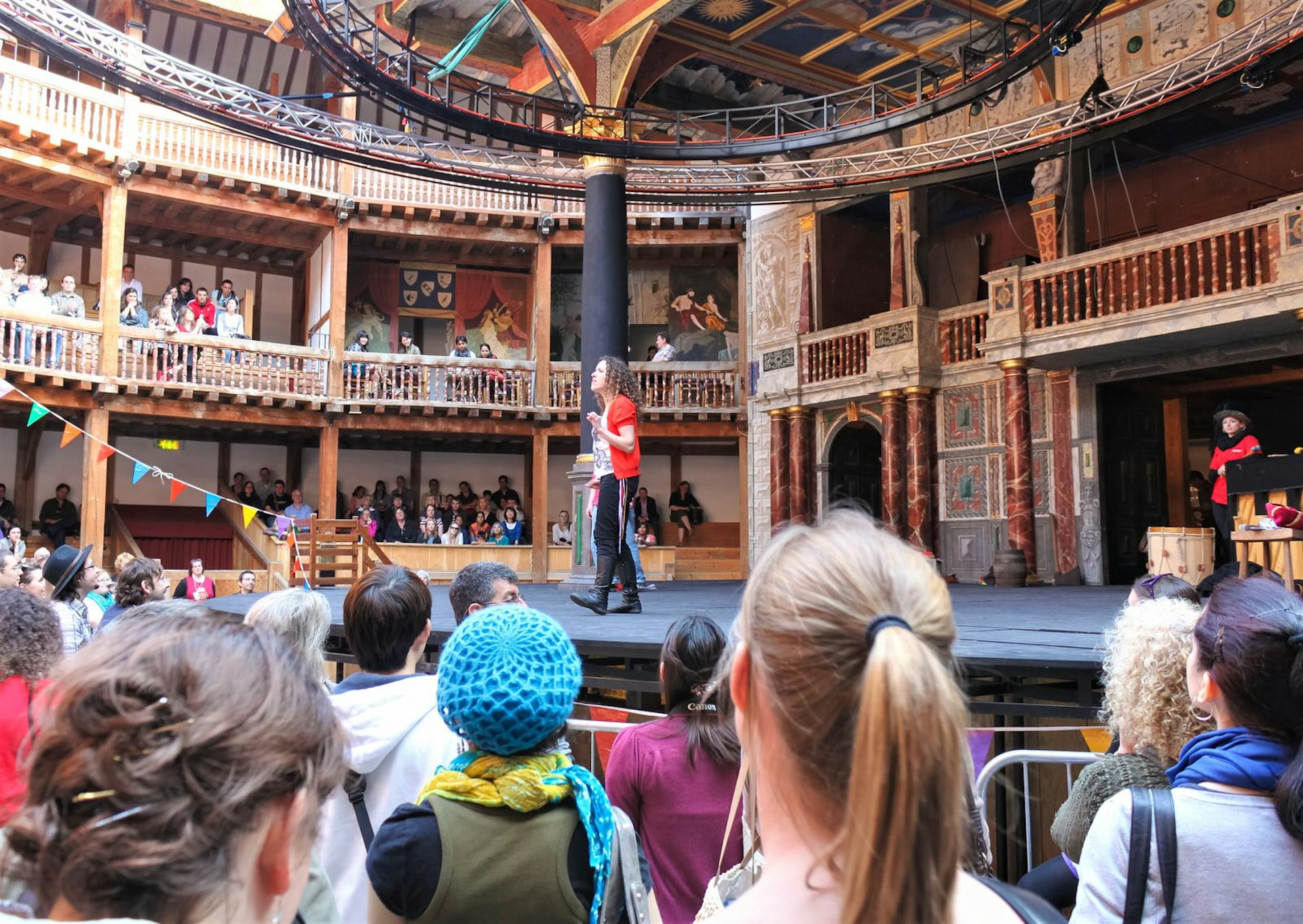
Not of an age, but for all time: William Shakespeare
Shakespeare (1564–1616) is widely regarded as the best playwright of all time. The preeminent figure in what was a literary golden age for London (contemporaries included Edmund Spenser, John Donne and Ben Jonson), he was born and raised in Stratford-upon-Avon and moved to the capital sometime in his 20s. Over the next couple of decades Shakespeare wrote many plays, including masterpieces like Hamlet, Othello and Macbeth. His work was immediately acclaimed by Londoners, including Queen Elizabeth, and mostly performed at the Globe Theatre in present-day Southwark, built by Shakespeare’s own company, the Lord Chamberlain’s Men.
The original Globe was destroyed by fire in 1613 but a reconstruction called Shakespeare’s Globe, complete with a medieval-style open roof, opened in 1997 and has been a huge hit, with its performances of the Bard’s plays generally selling out. Nearby, Southwark Cathedral contains a stained-glass window dedicated to the great man (he most likely worshipped here), and an alabaster memorial depicting him reclining and holding a quill.
Pepys and Johnson: Sam Sam but different
London has endured some troubling times over its long history, but it would be tough to find a more eventful decade than 1660–70, when the Restoration began, the Great Plague wiped out 20% of the population, the Great Fire destroyed 80% of the medieval City, and the Dutch almost invaded. To the abiding delight of today’s historians, a man called Samuel Pepys (1633–1703) lived through it all and kept a highly detailed, highly entertaining diary. Pepys’ Diary is now one of the most celebrated works of English literature, and among much else contains eyewitness accounts of the above momentous events. The diary itself can be seen in Cambridge’s Magdalene College – an easy day trip from London – and you can see a bust of Pepys on Seething Lane in The City, where he used to live.
Samuel Johnson (1709–84) – or Dr Johnson – had an insatiable interest in the English language, which, combined with his genius ability to articulate himself, resulted in some of the most important literary works ever produced. His magnum opus, A Dictionary of the English Language, was described by Harvard professor Walter Jackson Bate as ‘one of the greatest single achievements of scholarship, and probably the greatest ever performed by one individual’, though he was behind a raft of other esteemed works too. You can find out more about him at his old home, now known as Dr Johnson’s House, near Fleet Street (look out for the statue of his cat, Hodge, outside and grab a beer in his old local, the Cheshire Cheese).

Masters of the verse: Keats, Blake and Wordsworth
London has of course not slipped the discerning eye of poets, with some of the most memorable examples of their work being penned during the Romantic era (roughly 1800–50). John Keats (1795–1821) was born in London and while in his own lifetime he was generally overlooked, he’s now one of England’s most celebrated poets. He wrote several of his famous odes in and around the city, including Ode on a Grecian Urn, having spent many hours in the British Museum obsessing over its Greek antiquities. He was inspired to write Ode to a Nightingale after listening to one sing from the garden of his home, now called Keats House, on the edge of Hampstead Heath.
William Wordsworth (1770–1850) never lived in London (he hailed from the Lake District), but he did write one of the most beloved poems about it when visiting. Composed Upon Westminster Bridge, September 3, 1802 describes a view of the city at dawn: ‘Earth has not anything to show more fair…’ Similarly to Keats, the poet and painter William Blake (1757–1827) was born in London and largely ignored in his lifetime, but he’s now revered as one of the heavyweights of the Romantic era. One of his most famous poem about the city, London, was written during the beginnings of the Industrial Revolution, and touches on what were deeply troubling societal issues at the time, like child labour and prostitution.
However, when it comes to social commentary on 19th-century London, one name towers above all others...
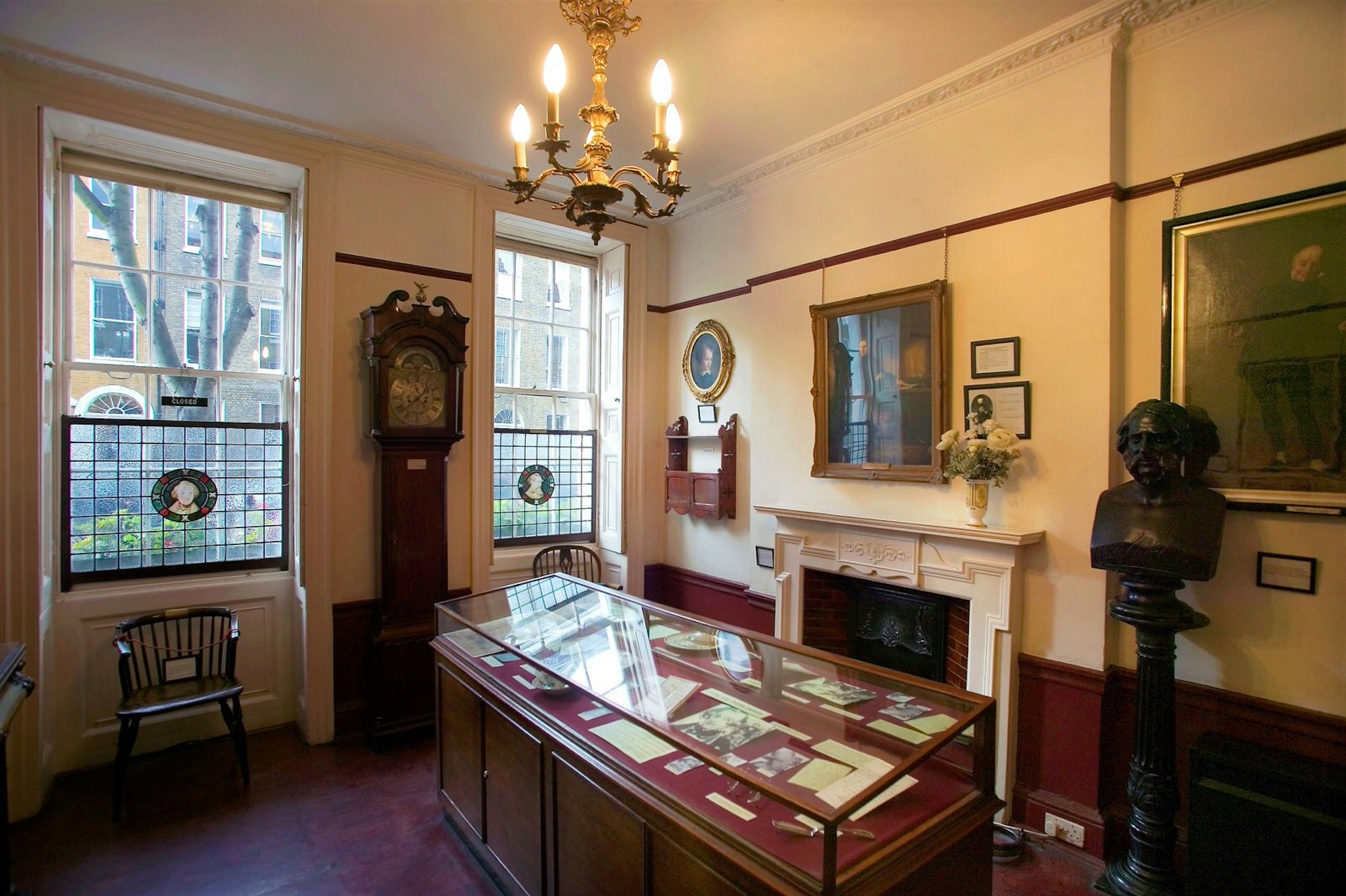
The inimitable Charles Dickens
Charles Dickens was the most prolific writer of the Victorian era and a literary genius, producing 15 novels and five novellas in his lifetime, most of which was spent in London. It was a tumultuous period for the city, with the Industrial Revolution causing explosive growth and severe poverty simultaneously; the latter was perhaps most impactfully portrayed in his second novel, Oliver Twist. Other Dickens’ stories which ostensibly feature Victorian London as a character in its own right (to borrow Virginia Woolf’s observation) include A Tale of Two Cities, Little Dorrit and A Christmas Carol, in which we’re introduced to the now timeless Ebenezer Scrooge. Many places in London claim to have some sort of Dickensian link (some more tenuous than others) but the surest place to connect with the great man is the Charles Dickens Museum, housed in his former residence.
Virginia Woolf and the Bloomsbury Set
Virginia Woolf (1882–1941) was one of the most celebrated authors of the early 20th century, and her work, which includes the London-set novel Mrs Dalloway, is considered to be one of the catalysts for the feminist movement. Born and raised in Kensington, she moved to Bloomsbury as a young adult, where she became a core member of the Bloomsbury Group, a collective of intellectuals, artists and writers that had a resounding influence on literature and social attitudes in general. The garden squares and handsome terraces of Bloomsbury look much the same now as they did in Woolf’s time, and the area makes for a great wander: you can find the author’s former residence in Gordon Square (look out for the blue plaque that commemorates her).
Contemporary literature in London
London’s literary scene continues to thrive, and the city still captivates the imaginations of fiction and non-fiction writers alike. Contemporary writers immortalising the capital today include Zadie Smith, Peter Ackroyd and Will Self. Literary events, like the London Literature Festival at the Southbank Centre, are as much a part of the cultural landscape as the Thames is a natural one.
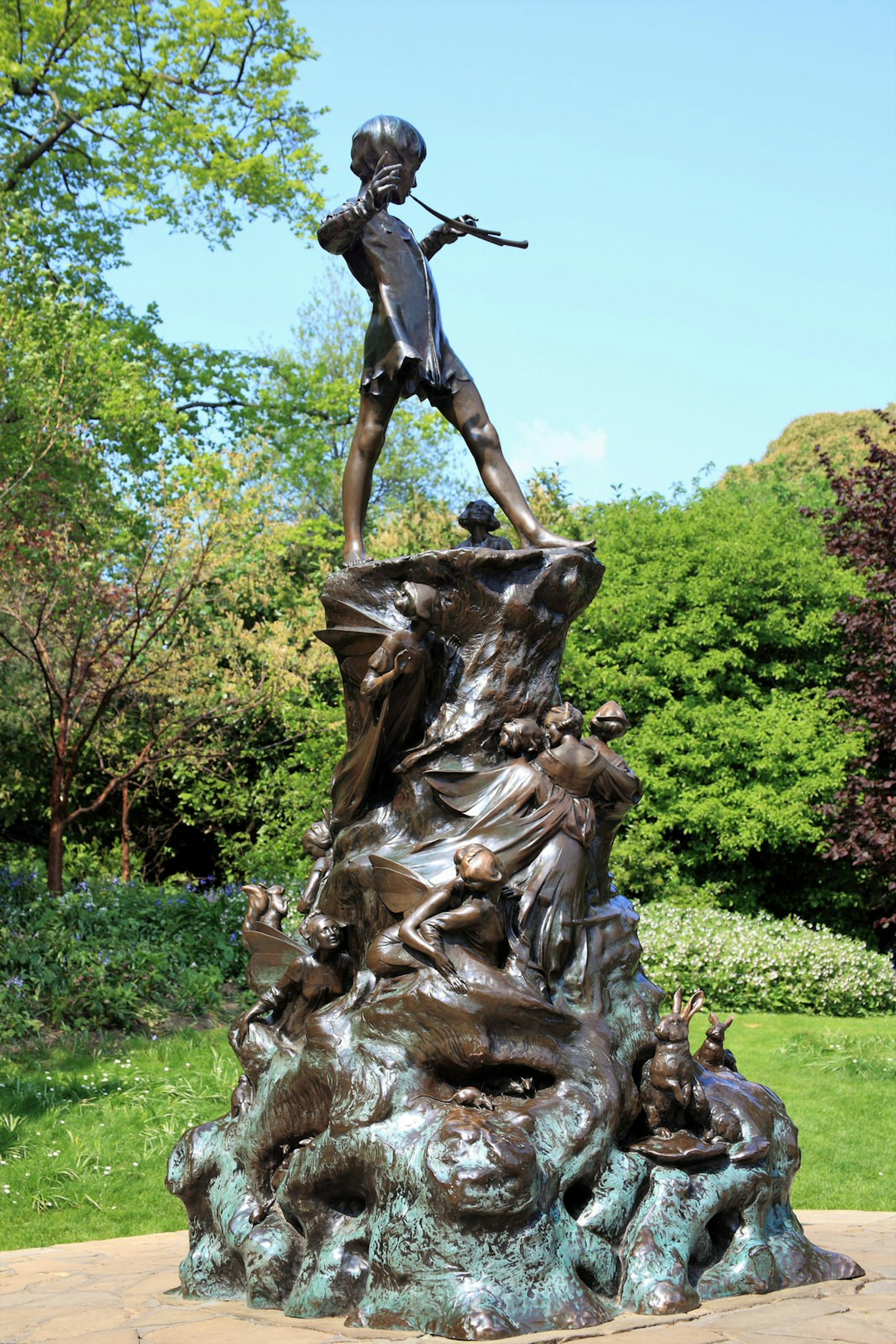
Characterful locations
Some fictional London characters have been so convincingly portrayed and entwined in the fabric of the city that they now form a non-fictional part of the cityscape.
In Sir Arthur Conan Doyle’s Sherlock Holmes books, the fictional detective lived with his sidekick Dr Watson at 221B Baker Street, and it is at this real-life address that you can enter his world at the Sherlock Holmes Museum.
To the southwest, in Kensington Gardens, stands a charming statue of JM Barrie’s Peter Pan, its base wrapped with other characters from the stories. It was Barrie himself who had the bronze sculpture erected in 1912; he did it overnight so that children passing through the park the next day would think it was the work of fairies. Nice.
Slightly to the north you can find, in Paddington train station, a delightful statue of Paddington Bear, the beloved creation of Michael Bond who wrote the character into 20 children’s books. Alternatively, head south into Chelsea to 50 Smith Street – the former residence of PL Travers, creator of magical nanny Mary Poppins, it was the inspiration for the Banks’ family home in the books.
We can’t finish without mentioning the literary superstar of the last two decades, Harry Potter, and his connections to London. The most memorable moments of Harry’s life in the capital occur at Kings Cross train station, where the young wizard and his friends must run through a brick wall to reach the magical platform 9¾ to catch the Hogwarts Express. A mocked-up version of the platform is a hugely popular attraction in the station – and a reminder of the power of London’s literary heritage.
Make the most of your travel with sightseeing tours and activities from our trusted partners.
https://shop.lonelyplanet.com/products/london-city-guide-11
